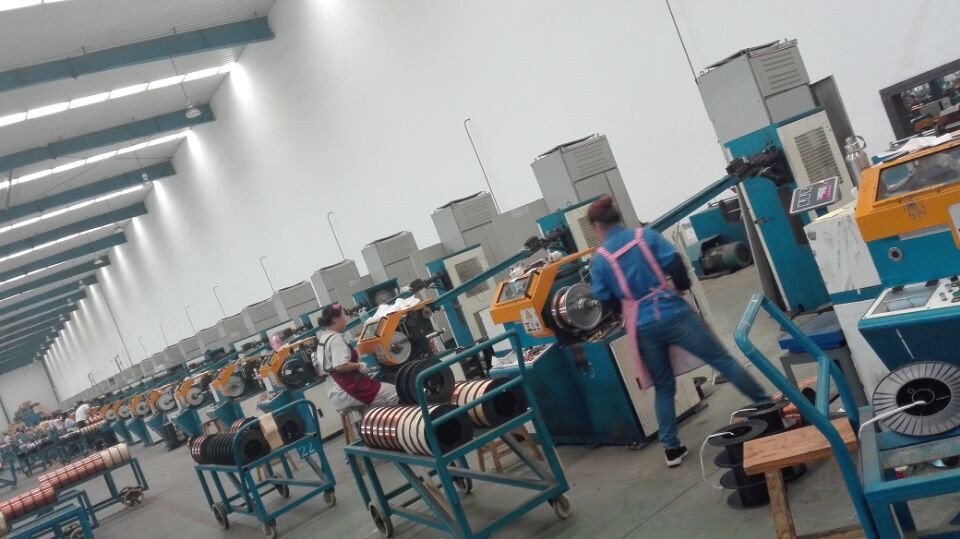steel welding mig wire
Understanding MIG Welding and the Importance of MIG Wire
Metal Inert Gas (MIG) welding, a popular type of arc welding, is favored for its versatility and efficiency in joining metals. This process utilizes a continuously fed wire as an electrode and an inert gas to shield the weld from atmospheric contamination. One of the most critical components in MIG welding is the MIG wire. The choice of MIG wire significantly affects the quality, strength, and appearance of the final weld.
Types of MIG Wire
MIG welding wire comes in various types, each suited for specific applications and materials. The most common types of MIG wire include ER70S-6, ER70S-3, and ER308L, among others. ER70S-6 is a general-purpose steel wire that offers excellent weldability in various positions and is tolerant of contaminants, making it ideal for dirty materials. ER70S-3 is used for structural steel applications and provides a smoother finish. For stainless steel applications, ER308L is commonly employed due to its ability to resist corrosion while maintaining strength.
Benefits of Using Quality MIG Wire
Using high-quality MIG wire is essential for achieving optimal welding results. Quality wire ensures good arc stability and less spatter, leading to cleaner welds. It also contributes to better feedability through the welding gun, reducing the risk of wire jam and downtime during the welding process. Moreover, high-grade wires are manufactured with consistent diameter and tensile strength, which leads to improved precision and reliability in welding applications.
steel welding mig wire

The Role of Shielding Gas
While MIG wire is vital, the choice of shielding gas also plays a crucial role in the welding process. The most common gas used with MIG welding wire is a blend of argon and carbon dioxide, which provides a good balance of penetration and arc stability. Pure argon is typically used for welding non-ferrous metals such as aluminum, while carbon dioxide can improve penetration in steel welding. The right combination of gas and wire will yield maximum results, emphasizing the importance of understanding the materials being welded.
Applications of MIG Welding
MIG welding is widely applied across various industries due to its adaptability and efficiency. It is commonly used in automotive manufacturing, fabrication shops, and construction. The ability to work on different materials, including carbon steel, stainless steel, and aluminum, makes MIG welding a preferred choice for many welding professionals. Furthermore, the speed of the MIG process allows for higher productivity and faster project completion times, which is vital in today’s fast-paced manufacturing environment.
Conclusion
In summary, MIG welding is a formidable technique that requires careful consideration of various components, especially MIG wire. The type of wire used can have significant implications on the quality and integrity of the weld. With the appropriate selection of high-quality MIG wire and shielding gas, welders can achieve reliable and impressive results. Understanding the different types of MIG wire and their applications can make all the difference in successful welding projects, ensuring that industries continue to benefit from this efficient welding process. As welding technology advances, staying informed about improvements in MIG wire and welding techniques will be key for professionals in the field.
-
High Quality MIG Aluminium Welding Wire - Wholesale Factory Prices from China SuppliersNewsJul.07,2025
-
High-Quality Gasless Aluminum Welding Wire China Gasless Aluminum MIG Wire SupplierNewsJul.07,2025
-
High Quality Ordinary Welding Rod for Pipes – Reliable China Welding Rod 7016 SupplierNewsJul.06,2025
-
Welding Wire 0.9 mm ER70S-6 Supplier Wholesale Manufacturers & FactoriesNewsJul.06,2025
-
Best Stainless Steel Flux Core Wire 030 for Welding – High Strength & Clean WeldsNewsJul.06,2025
-
High-Performance Hard Facing Welding Rod – Durable & Wear-Resistant Electrodes for Industrial UseNewsJul.05,2025


